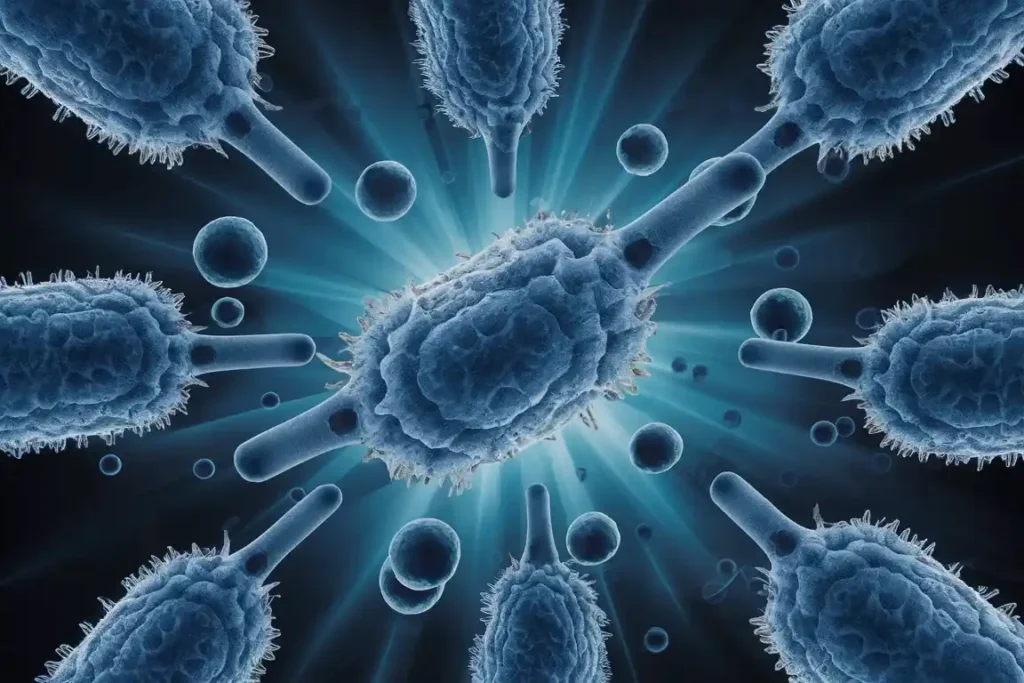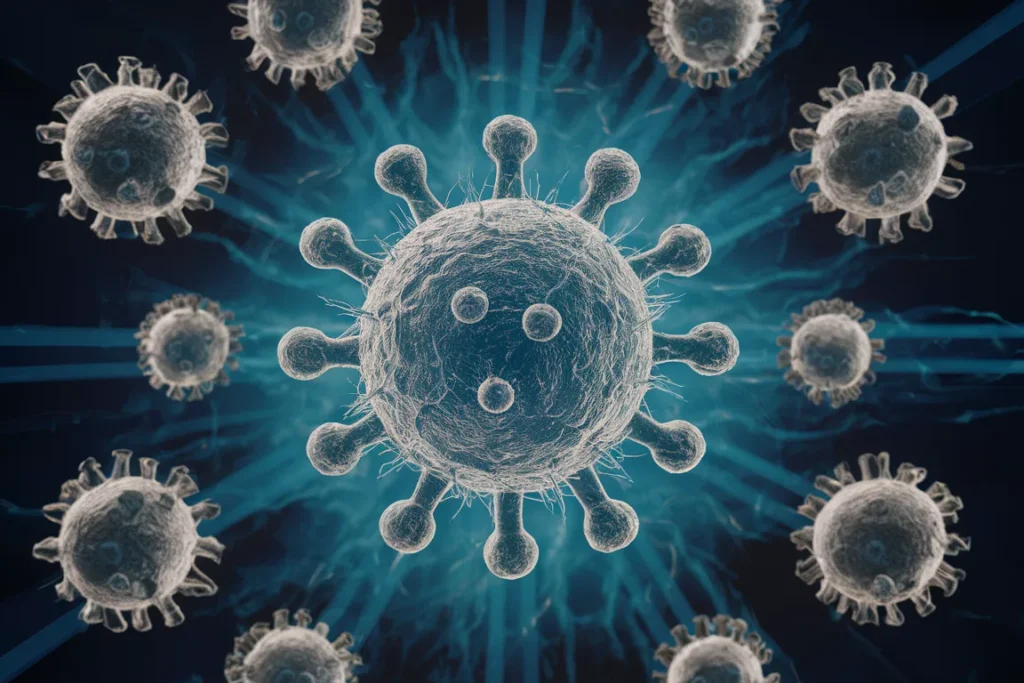Isolation of antibiotic producing microorganisms entails collecting samples from various habitats, cultivating them on selective media, and selecting strains that suppress the growth of test pathogens, indicating antibiotic synthesis.
Determine the antimicrobial spectrum of isolates, the isolated antibiotic-producing microorganisms are tested against a variety of pathogenic bacteria and fungi to assess the breadth and potency of their antimicrobial activity.
Table of Contents
Isolation of antibiotic producing microorganisms
Isolation of antibiotic producing microorganisms antibiotic-producing microorganisms are isolated by collecting samples from natural environments, culturing them on selective media to promote the growth of potential antibiotic producers, and identifying strains that inhibit the growth of test pathogens, indicating antibiotic production. Isolating antibiotic-producing microorganisms is a crucial step in discovering new antibiotic products.
Isolation of antibiotic producing microorganisms involves collecting samples from diverse sources, culturing the microorganisms on selective media, and screening for antibiotic activity through various microbiological assays. Isolating antibiotic producing microorganisms is the process of identifying and extracting microorganisms from various natural environments that can produce substances capable of inhibiting or killing other microorganisms. Isolation of antibiotic producing microorganisms goal is to discover and characterize new antibiotics that can be developed for medical use.

Sample Collection
- Collect soil samples from a variety of habitats, including forests, agricultural fields, and areas near decomposing organic materials.
- Alternatively, gather samples from microbially diverse habitats like compost, marine sediments, or animal excrement.
Sample Preparation
- Air-dry the obtained samples to limit the presence of non-spore-forming bacteria.
- Sieve the soil to eliminate any big particles, then suspend 1g of the sample in 9 ml of sterile distilled water.
- Dilute the suspension serially (for example, 10^-1 to 10^-6).
Isolation
- To target specific bacteria, spread 0.1 ml of each dilution on selective isolation media (such as starch casein agar or actinomycete isolation agar).
- Incubate plates at the suitable temperature (typically 28-30°C) for 5-7 days.
Screening for antibiotic production:
- Conduct a primary screening using the cross-streak approach. Innoculate the isolates in straight lines on one side of a new agar plate.
- After early proliferation, streak pathogens (such as E. coli and S. aureus) perpendicular to the producer streaks.
- Incubate the isolates and look for zones of inhibition around them, which indicate antibiotic synthesis.
Determination of Antimicrobial Spectrum of Isolates
Determination of the antimicrobial spectrum of isolates involves testing the effectiveness of isolated antibiotic-producing microorganisms against a variety of pathogenic bacteria and fungi to assess the range and potency of their antimicrobial activity. To determine the antimicrobial spectrum of isolates, the isolated antibiotic-producing microorganisms are tested against a variety of pathogenic bacteria and fungi to assess the breadth and potency of their antimicrobial activity.
Isolating antibiotic-producing microorganisms is the process of identifying and extracting microorganisms from various natural environments that can produce substances capable of inhibiting or killing other microorganisms.

Preparation of Antimicrobial Compounds:
- For 5-7 days, cultivate prospective antibiotic-producing isolates in an appropriate broth medium (such as tryptic soy broth).
- Centrifuge the culture to separate the cells and supernatant.
- To acquire the crude antibiotic extract, filter and sterilize the supernatant.
Antimicrobial Assay:
- Use the agar well diffusion method to determine the antibiotic’s spectrum.
- Prepare Mueller-Hinton agar plates by inoculating them with test organisms (bacteria or fungus) with a sterile swab.
- Create wells in agar and add 50-100 µl of crude antibiotic extract to each.
- Incubate the plates at the proper temperatures for 18-24 hours

Evaluation:
- Measure the diameter of the inhibition zones surrounding each well.
- To evaluate the separated antibiotics’ potency, compare the results with conventional antibiotics.
Notes on Test Organisms:
- Use a wide range of test organisms to determine the antibacterial spectrum, including:
- Gram-positive bacteria include Staphylococcus aureus and Bacillus subtilis.
- Gram-negative bacteria include Escherichia coli and Pseudomonas aeruginosa.
- Fungi: Candida albicans and Aspergillus niger
Frequently Asked Question(FAQ)
Define Isolation of antibiotic producing microorganisms.
Isolation of antibiotic producing microorganisms are isolated by collecting samples from natural environments, culturing them on selective media to promote the growth of potential antibiotic producers, and identifying strains that inhibit the growth of test pathogens, indicating antibiotic production.
Define determination of Antimicrobial Spectrum of Isolates.
Determination of the antimicrobial spectrum of isolates involves testing the effectiveness of isolated antibiotic-producing microorganisms against a variety of pathogenic bacteria and fungi to assess the range and potency of their antimicrobial activity. To determine the antimicrobial spectrum of isolates, the isolated antibiotic-producing microorganisms are tested against a variety of pathogenic bacteria and fungi to assess the breadth and potency of their antimicrobial activity.
Related Article

